DERMATOSIS NEGLETTA
Luciano Schiazza M.D.
Dermatologist
c/o InMedica - Centro Medico Polispecialistico
Largo XII Ottobre 62
cell 335.655.97.70 - office 010 5701818
www.lucianoschiazza.it
Dermatosis negletta (DN) is a condition characterized by patches and plaques of hyperpigmentation and adherent scales. DN is asymptomatic, not life-threatening or contagious: it’s only an aesthetically bothersome dermatosis.
It presents in patients that usually have an associated chronic disease (characterized by pain or immobility) or an underlying physical disability, or suffer from neuralgic pain or increased sensitivity to touch (allodynia-hyperesthesia), or from previous trauma or psychiatric illness, or are carrying a pacemaker or suffer of previous mastectomy surgery and radiotherapy or are affected from dermatomyositis, Keloideal scars as well as the periareolar region are possible sites of DN.
It arises from inadequate frictional cleansing: the patient neglects for the above-mentioned causes an area of skin, not maintaining in it adequate, local hygiene so inducing it persistently unwashed.
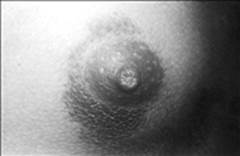
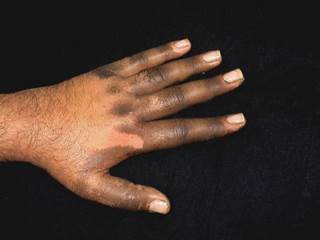
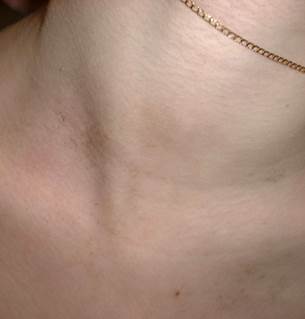
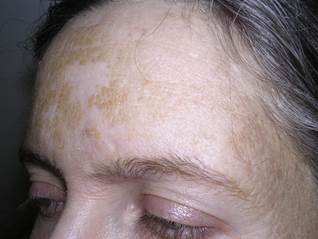
The scrupulous lack of washing over the course of months (the time of evolution is usually 2-4 months) allows for the progressive, longstanding buildup of hyperpigmented, adherent, cornflake-like scales and verrucous surface (simulating verrucous naevi). DN is due to accumulation of sebum, sweat, keratin, other dirt and debris, bacteria and yeast on unwashed areas of the skin.
The term dermatitis neglecta was first coined by Poskitt et al in 1995.
DN is an often misdiagnosed and under-diagnosed condition: patients may deny that negligence is the cause of the lesion. Skin scaling and hyperpigmentation are nonspecific dermatologic findings. So its early recognition help to prevent unnecessary diagnostic and therapeutic procedures.
DN should be kept in mind in differential diagnosis of all hyperpigmented localized lesions, especially on patients with some accompanying disability.
Histopathology of the skin reveals mild acanthosis and marked hyperkeratosis. PAS-positive yeast can be present throughout the stratum corneum.
Alcohol methanol swabbing can serve as a diagnostic and prompt therapeutic tool: the lesion, rubbed with alcohol-soaked gauze, disappears completely, revealing underlying normal skin.

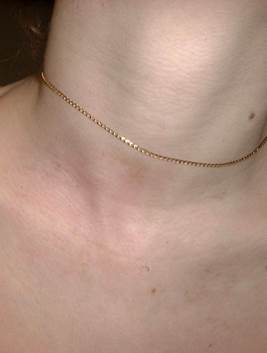
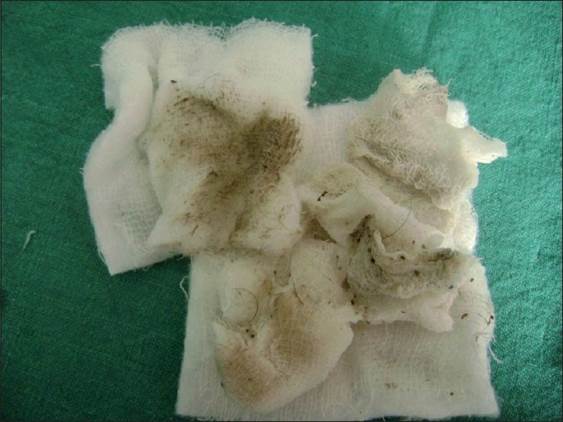
Localized scale and hyperpigmentation are identified in numerous dermatologic conditions:
Dermatosis artifacta
It is associated with acts of commission whereas in DN the dermatitis is associated with acts of omission.
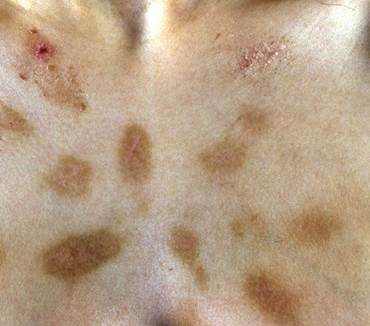
Terra firma forme dermatosis
It is a condition with similar clinical features (dirty patches) to DN. It is distinguished from DN by the history of normal washing and lack of cornflake-like scales.

Confluent and reticulated papillomatosis of Gougerot and Carteaud
It is characterized by grayish blue hyperkeratotic papules, with a velvety appearance usually located on the central trunk. The lesions coalesce to form confluent plaques centrally and a reticular pattern peripherally. The eruption is chronic with exacerbations and remissions. It is not related to cleansing and alcohol swab test is negative.

Other conditions in the differential diagnosis include:
Epidermal nevi
Epidermal naevi are due to an overgrowth of the upper layers of the skin (epidermis). Lesions are present at birth (50%) or develop during childhood (mostly in the first year of life).
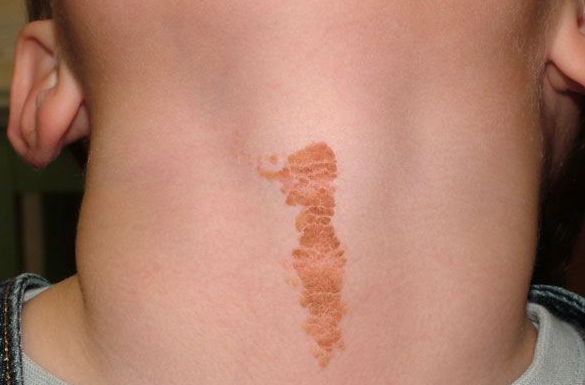
AcAnthosis nigrigans
Acanthosis nigricans (AN) is a skin disorder characterized by darken (hyperpigmentation) and thicken (hyperkeratosis) velvety textured patches of skin, occurring mainly in the folds of the skin in the armpit (axilla), groin and back of the neck.
There are two important types of acanthosis: benign and malignant. The first , much more common, is sometimes described as ‘pseudoacanthosis nigricans’ is much more common. The latter, sign of internal malignancy, is more rare.
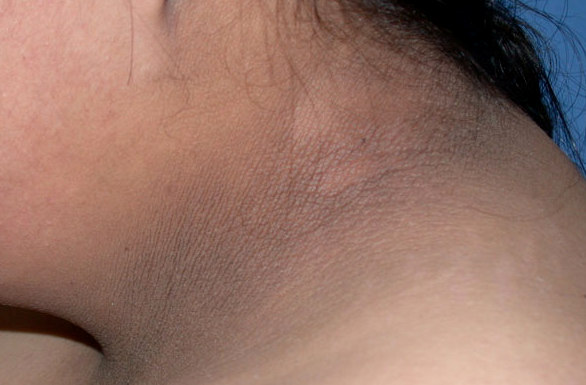
Vagabond’s disease
It is a melanoderma characterized by diffuse, cutaneous hyperpigmentation due to lack of improper hygiene, improper nutrition, and chronic scratching of the bites of body louse.
Hyperkeratotic malassezia dermatosis
It’s an unusual variant of pityriasis versicolor characterized by an atypical hyperkeratotic form of dermatosis of the face. Skin scrapings grew yeasts belonging to the genus Malassezia, including both M. globosa and M. sympodialis. This unusual variant needs long-term therapy with systemic and topical imidazoles together with facial cleansing.
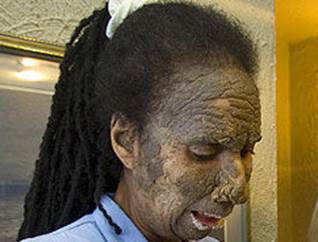
Frictional asymptomatic darkening of the extensor surfaces
It’s an asymptomatic "dirty" brown pigmentation over the extensor surfaces of their elbows and knees, generally uniform and bilateral, with little evidence of scaling.
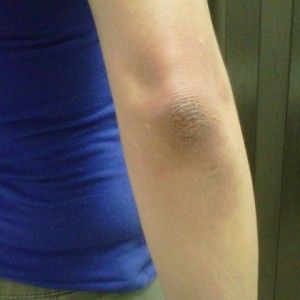
Idiopathic deciduous skin
It refers to a disease in which there is more or less continuous peeling of skin aggravating in summer months: the skin looks dirty. The term deciduous in this dermatologic context indicates the periodic and seasonal shedding of stratum corneum of the skin similar to the periodic shedding of leaves.
Treatment of DN includes counselling and encouraging the patient to maintain appropriate hygiene of the affected region in spite of his or her disability. Daily lightly scrubbing of the affected area with soap and water or alcohol is effective in most cases. For more resistant and verrucous lesions, application of a keratolytic agent in combination with an emollient may be required.
